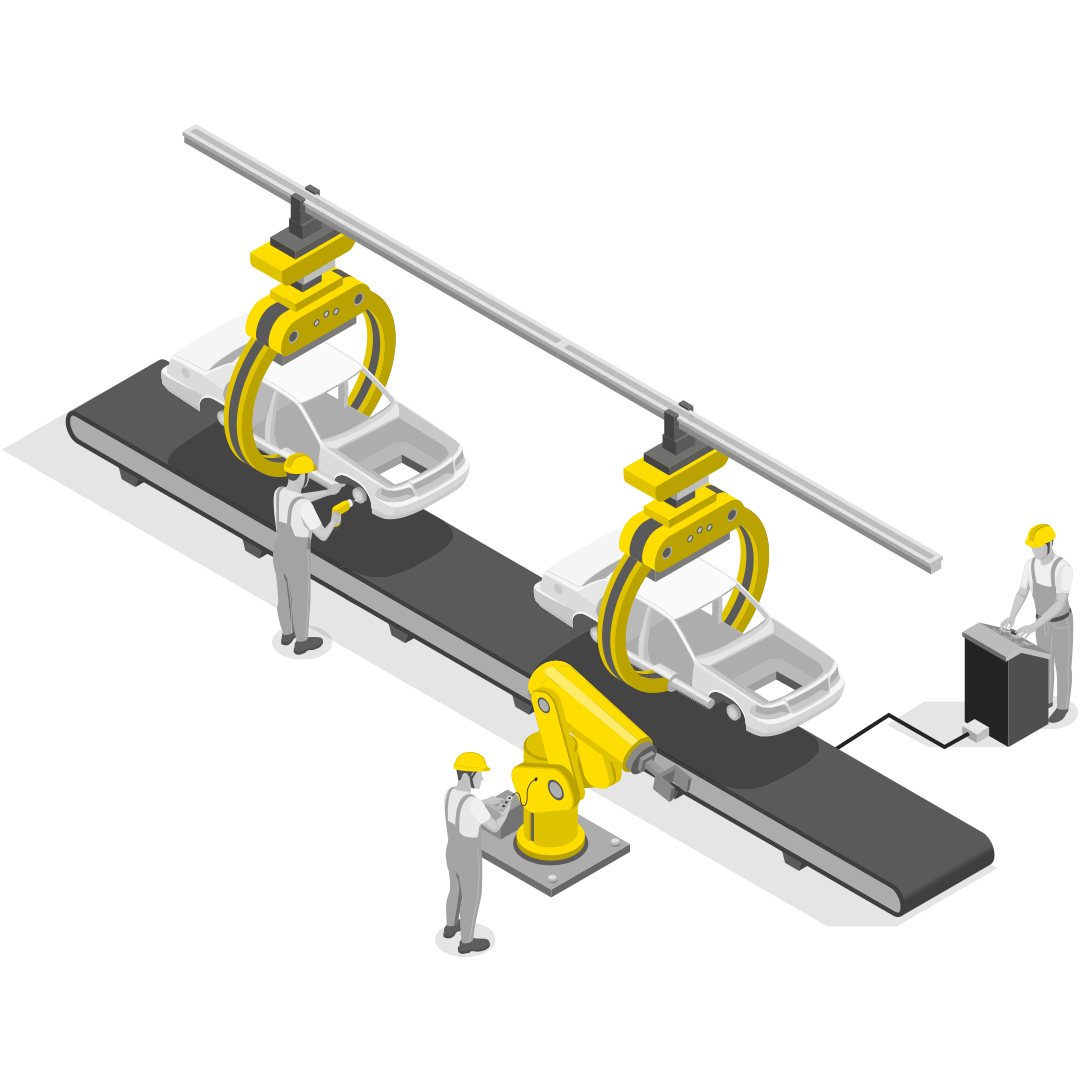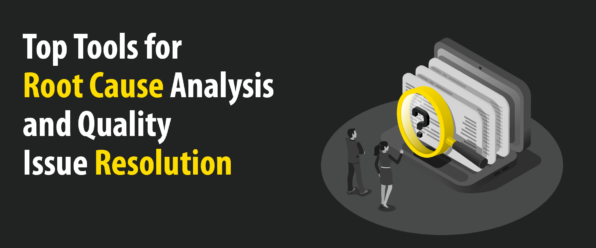Key Takeaways
Root cause analysis is essential for identifying and resolving quality issues at their source, ensuring product excellence and customer satisfaction.
Various tools and methodologies, such as the 8D methodology, 5 Whys, Ishikawa diagrams, Is/Is Not analysis, Pareto Analysis, FMEA, Root Cause Tree Analysis, and SPC, are available to help quality professionals dive deep into problems and find lasting solutions.
The choice of the right tool depends on the nature of the problem, industry-specific requirements, and the organization’s quality management strategy.
By leveraging these tools, organizations can not only address immediate issues but also prevent their recurrence, ultimately delivering higher-quality products and services to their customers.
Top Tools for Root Cause Analysis and Quality Issue Resolution
In the ever-evolving landscape of quality management, identifying and resolving issues at their roots is crucial for ensuring product excellence and customer satisfaction. Root cause analysis (RCA) is a systematic process that dives deep into problems to understand their origins and find lasting solutions. To aid this process, several tools and methodologies have emerged as invaluable assets for quality professionals. In this blog post, we’ll explore the top tools for root cause analysis and quality issue resolution, including the 8D methodology, 5 Whys, Ishikawa (Fishbone) diagrams, and the Is/Is Not analysis.
 1. The 8D Methodology:
1. The 8D Methodology:
The 8D (Eight Disciplines) methodology is a structured problem-solving approach that guides teams through the process of identifying, correcting, and preventing problems. It offers a step-by-step framework to address issues comprehensively, with a focus on both immediate containment and long-term prevention. The 8D methodology is particularly effective in the automotive industry and manufacturing, where quality issues can have critical consequences.
 2. 5 Whys:
2. 5 Whys:
The 5 Whys is a deceptively simple yet highly effective technique for getting to the root cause of a problem. By repeatedly asking “Why?” five times, you can dig deep into the layers of an issue, uncovering its underlying causes. This versatile method can be applied in various industries, making it a popular choice for uncovering the true sources of quality problems.
 3. Ishikawa (Fishbone) Diagrams:
3. Ishikawa (Fishbone) Diagrams:
Ishikawa diagrams, often referred to as Fishbone diagrams due to their shape, are a visual tool for identifying the potential causes of a problem. This method encourages brainstorming and categorizing causes into specific branches, making it easier to analyze and address each factor systematically. Ishikawa diagrams are widely used in industries ranging from manufacturing to healthcare.
 4. Is/Is Not Analysis:
4. Is/Is Not Analysis:
Is/Is Not analysis is a technique that defines a problem by outlining what a situation is and what it is not. By contrasting the current state with the desired state, you can pinpoint discrepancies and areas that need improvement. This method is beneficial in clarifying the boundaries of a problem and guiding teams toward more accurate and effective solutions.
 5. Pareto Analysis:
5. Pareto Analysis:
Pareto Analysis, based on the Pareto Principle (the 80/20 rule), focuses on identifying the vital few factors that are responsible for the majority of problems. By concentrating efforts on these high-impact areas, you can achieve significant quality improvements. This method is highly efficient in prioritizing issues and resource allocation.
 6. Failure Mode and Effects Analysis (FMEA):
6. Failure Mode and Effects Analysis (FMEA):
FMEA is a proactive tool that anticipates potential failure modes and their consequences. It assesses the severity, likelihood, and detectability of each failure mode, enabling organizations to focus on preventing critical issues and minimizing risks in product design and manufacturing processes.
 7. Root Cause Tree Analysis:
7. Root Cause Tree Analysis:
Root Cause Tree Analysis is a visual tool that helps dissect complex issues into simpler components. It provides a structured approach to identifying contributing factors and relationships between them. This method simplifies the process of finding the true root causes of problems and aids in crafting effective solutions.
 8. Statistical Process Control (SPC):
8. Statistical Process Control (SPC):
Statistical Process Control is an ongoing monitoring and control system that uses statistical methods to measure and manage quality in real-time. It helps organizations maintain consistency and identify deviations from the norm, allowing for immediate corrective actions and continuous quality improvement.
Conclusion:
Quality professionals today have a variety of powerful tools at their disposal for root cause analysis and quality issue resolution. These methodologies, from the structured 8D approach to the simplicity of the 5 Whys, offer diverse options for addressing issues effectively. Choosing the right tool depends on the nature of the problem, industry-specific requirements, and the organization’s overall quality management strategy. By harnessing these tools, companies can ensure that they not only resolve immediate issues but also prevent their recurrence, ultimately delivering higher-quality products and services to their customers.









